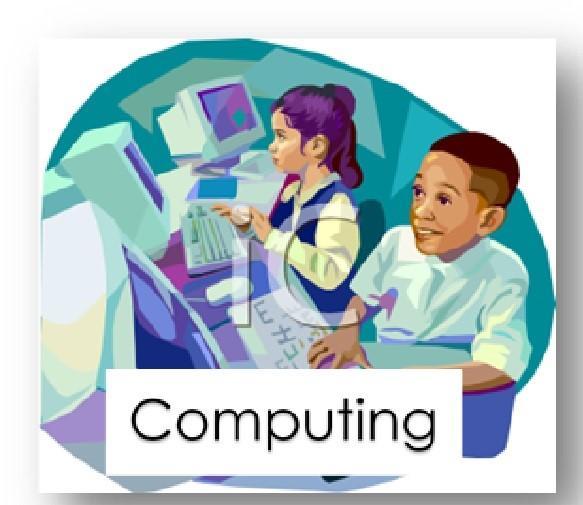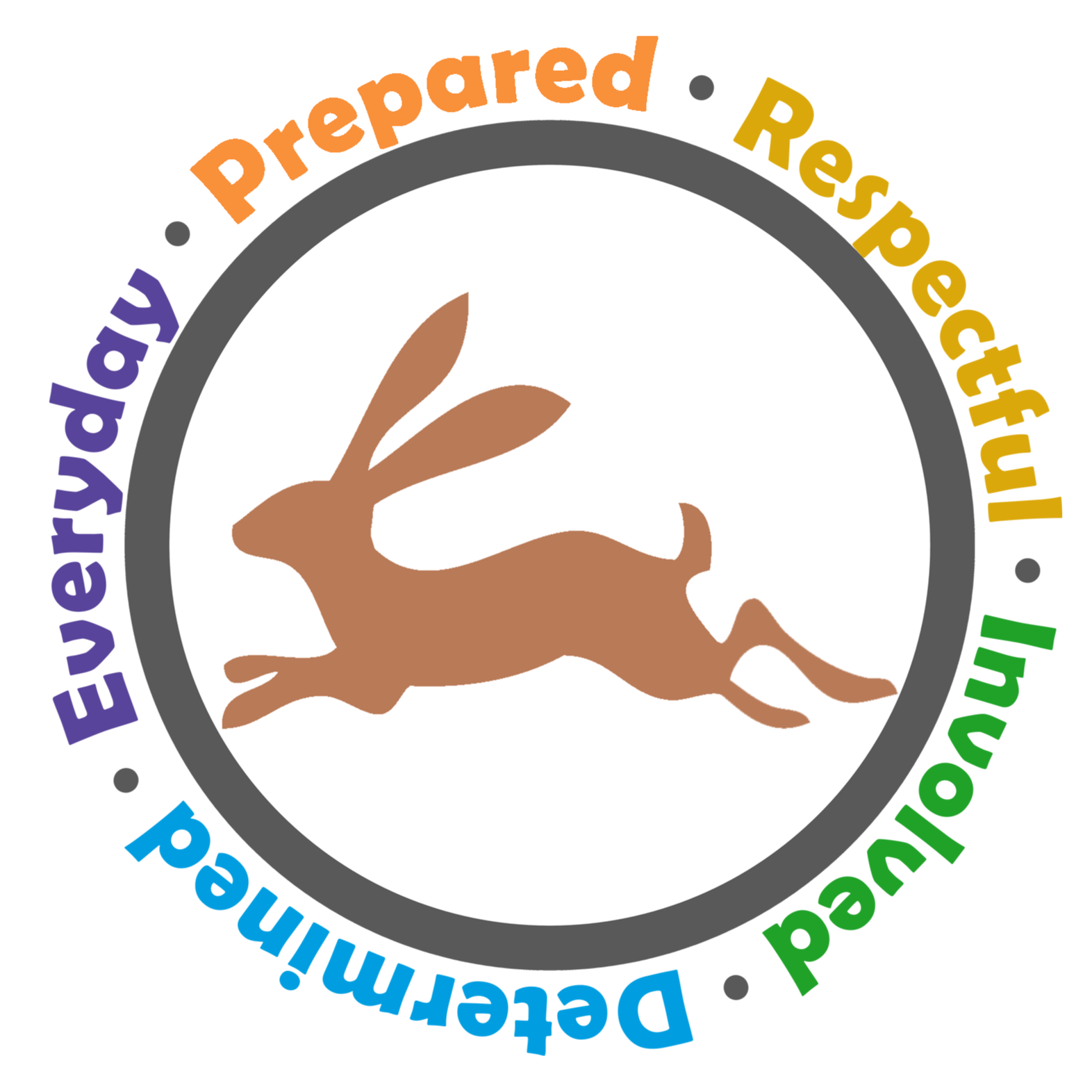Computing

COMPUTING Curriculum Statement
At Harefield Primary School, we deliver the Computing curriculum, following the National Curriculum.
Our Computing curriculum’s intention is to enable all of our children to safely navigate a digitally rich world and prepare them for the ‘future’ technologies of their adult working lives. We will teach them to be responsible users of Information Technology; through repeated practical and creative digital experiences they will develop to be competent and confident Computer Scientists, using Computational Thinking to solve problems in Computing, and to design, create, debug and evaluate their work.
We tailor and put greater emphasis on specific themes, in response to our pupils needs For example:
- Online Safety teaching and learning using the Education in a Connected Framework (2020) beyond the minimum requirements of the National Curriculum. This is in response to pupil consultations and pupil voice surveys where we identified that many of our pupils have unfiltered and unsupervised use of ICT outside of school.
- Teaching key skills within the context of our Computing Curriculum, so that children can increasingly use technology independently and appropriately beyond the Computing Curriculum, e.g. touch typing, sign-in to PCs, file/folder management on a network, using personal logins to access online learning resources, using QR codes to access websites or to securely sign-in to their personal Seesaw Learning Journal.
Our whole curriculum is comprehensibly planned and clearly sequenced and Computing follows this consistent design, effectively adapting and developing to meet the needs of ALL pupils, including those with Special Educational Needs and/ or Disabilities and those that are disadvantaged.
Our Computing curriculum is taught by the Computing Lead Teacher during staff PPA time. We return to previous learning, in order for pupils to retrieve knowledge from their long-term memory and build on this, with the introduction of new knowledge. This is through an approach of clear modelling and scaffolding of new concepts and where appropriate “I do, You do” approach. The pupils will then practise applying this knowledge in a group or individual task and have opportunities to deepen their understanding with reasoning and explanation.
They will have the opportunity to develop their Computing skills and knowledge across a range of platforms and devices, e.g. PCs running Windows OS and iPads using Apple OS, programmable toys, Scratch Jr (App), Scratch and Crumble Micro-controller.
We use key CONCEPTS that are thread through our Computing curriculum, from Yr R to Yr 6, in order to build on prior learning and support pupils making strong links in their knowledge, from previous learning.
Computing Curriculum Topic Overview
For more information on what your child will be learning in Computing, please go to Curriculum/ Yr R to Yr 6 Curriculum Newsletters for the appropriate term.
|
COMPUTING Concepts |
Computing Systems |
Programming |
Data & Information |
Creating Media |
|
|
Year R |
How does it work? Introducing Computers. Summer 1 |
Journeys. Computers and problem solving. Summer 2 |
How many? |
Using digital devices. |
|
|
Year 1 |
Technology Around us. |
Moving a robot. |
Grouping data. |
Digital painting. |
|
|
Year 2 |
Information technology around us. |
Robot algorithms. |
Pictograms. |
Digital photography. |
|
|
Year 3 |
Connecting computers. |
Sequence in music. |
Branching databases. Summer 1 |
Desktop publishing. |
|
|
Year 4 |
The internet. |
Repetition in shape. |
Data logging. |
Photo editing. |
|
|
Year 5 |
Sharing information. |
Selection in physical computing. Spring 1 Selection in quizzes. |
Flat-file databases. |
Video editing. |
|
|
Year 6 |
Internet communication. Autumn 1 |
Variables in games. |
Spreadsheets. |
Webpage creation. 3D Modelling. |
|
